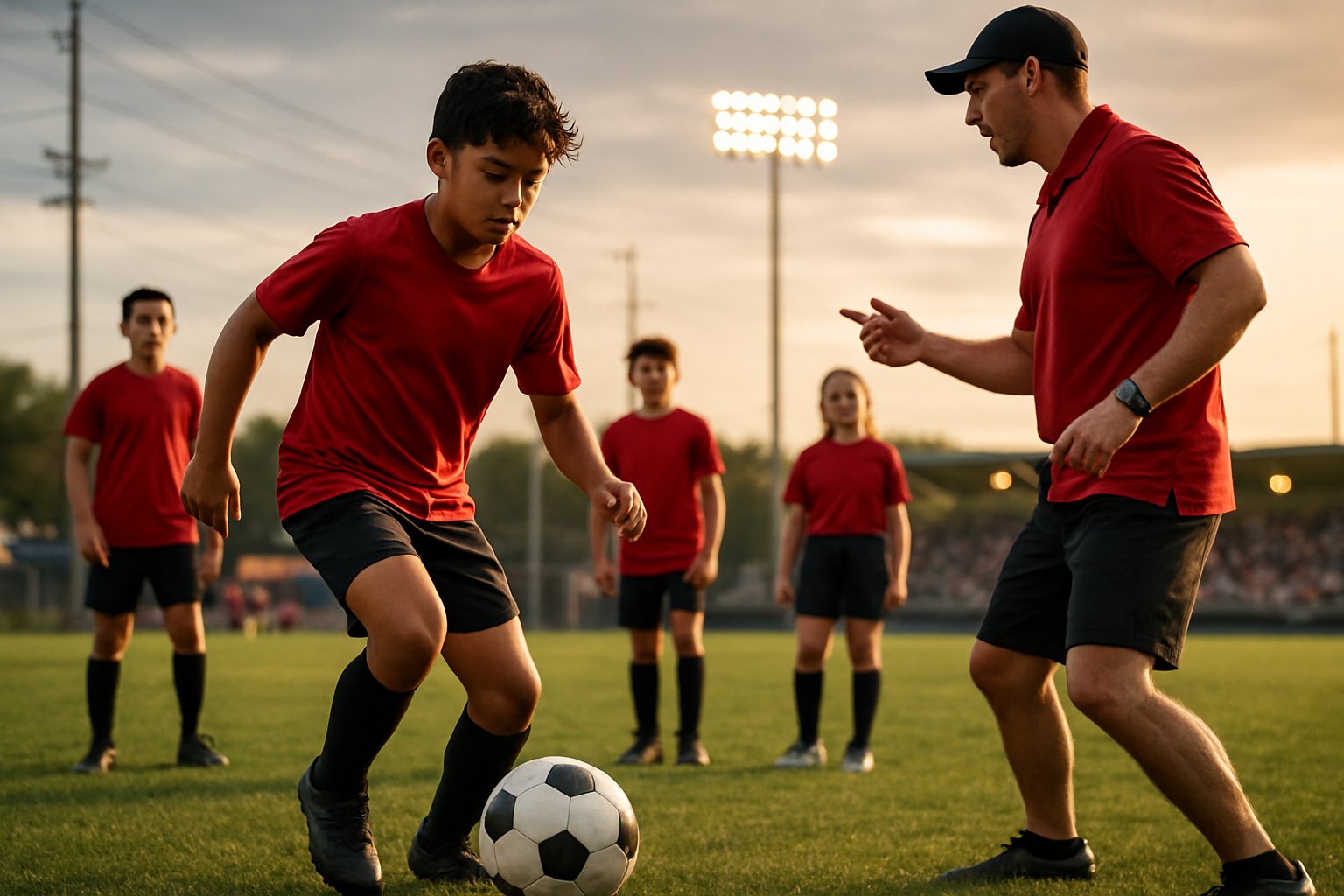Designing inclusive community athletic programs for diverse neighborhoods
Creating athletic programs that reflect neighborhood diversity requires practical planning, accessible facilities, and culturally responsive coaching. This article outlines how communities can align training, conditioning, nutrition, recovery, and analytics to support youth and adults, improve performance fairly, and promote wellbeing across varied backgrounds.

Community athletic programs that succeed in diverse neighborhoods balance access, relevance, and measurable outcomes. Effective program design begins with listening: gathering input from families, local organizations, schools, and potential participants to identify needs, schedules, cultural practices, and barriers. Programs that prioritize inclusivity consider transportation, affordability, multilingual communication, and flexible scheduling so that training and participation fit daily life. Building trust through partnerships with neighborhood groups and clear, consistent communication increases engagement and helps programs respond to changing community priorities.
Athletics and community goals
Define clear, locally relevant objectives for athletics programs that reflect community values. Goals may include fostering regular physical activity, improving youth retention in organized sport, or creating intergenerational opportunities. Aligning program aims with community health and social priorities supports broader wellbeing while ensuring resources are targeted toward measurable outcomes. Metrics can be participation rates, retention, satisfaction surveys, or basic performance benchmarks, and should be reviewed periodically with community stakeholders to keep programs responsive and equitable.
Training, conditioning, and coaching approaches
Design training and conditioning that accommodate different starting levels, ages, and abilities. Use modular session plans that allow participants to progress at their own pace: warm-ups and basic skill blocks for beginners, optional intensity or advanced drills for experienced participants. Coaching should be culturally responsive and emphasize positive feedback, safety, and transformational teaching rather than singular focus on competition. Provide coach education on inclusive practices, equity in playing time, and age-appropriate load management to reduce injury risk and support long-term engagement.
Nutrition and recovery for wellbeing
Integrate basic nutrition education and recovery strategies into program curricula to support performance and health. Offer practical guidance on pre- and post-training fueling, hydration, and sleep hygiene tailored to local food availability and cultural dietary patterns. Recovery practices—such as active cool-downs, mobility work, and access to basic physiotherapy guidance—help sustain participation and reduce injury. This article is for informational purposes only and should not be considered medical advice. Please consult a qualified healthcare professional for personalized guidance and treatment.
Youth engagement and talent development
Engagement strategies for youth should prioritize inclusivity over early specialization. Encourage multi-sport experiences and skill diversification to develop broad athletic literacy and reduce burnout. Talent identification can focus on potential and attitude rather than early dominance; offer talent pathways that are transparent and provide multiple entry points. Mentorship, peer leadership opportunities, and family involvement strengthen retention. Scholarships or sliding-scale fees can help ensure that promising participants from lower-income households continue to access quality training and coaching.
Performance, competition, and analytics
Offer competitive opportunities scaled to participants’ readiness, from intra-program scrimmages to community leagues. Emphasize developmental competition where learning objectives are clear and feedback is constructive. Use simple analytics—attendance trends, basic performance tests, injury logs, and participant surveys—to inform coaching decisions and program improvements. Data should be used to support equity: monitoring who participates, who advances, and where drop-offs occur helps programs address disparities and optimize resource allocation without overburdening staff.
Facility access and local services
Facility planning should prioritize proximity, safety, and multipurpose use. Work with schools, faith groups, and recreation centers to expand available hours and reduce costs. Ensure facilities are accessible by public transit and consider mobile or pop-up setups in underused public spaces. Coordinate with local services—health clinics, nutrition programs, local coaches, and volunteer networks—to create a supportive ecosystem. Offer equipment libraries or loan programs to remove gear barriers and enable broader participation across socioeconomic lines.
Conclusion
Inclusive athletic programs in diverse neighborhoods combine community input, adaptive training, supportive coaching, and practical supports like nutrition and recovery education. Attention to equitable access, facility partnerships, and simple analytics helps programs serve a wide range of participants and sustain engagement over time. When design decisions are regularly reviewed with community stakeholders, programs are better positioned to support wellbeing, talent development, and positive competition experiences for all ages and backgrounds.





